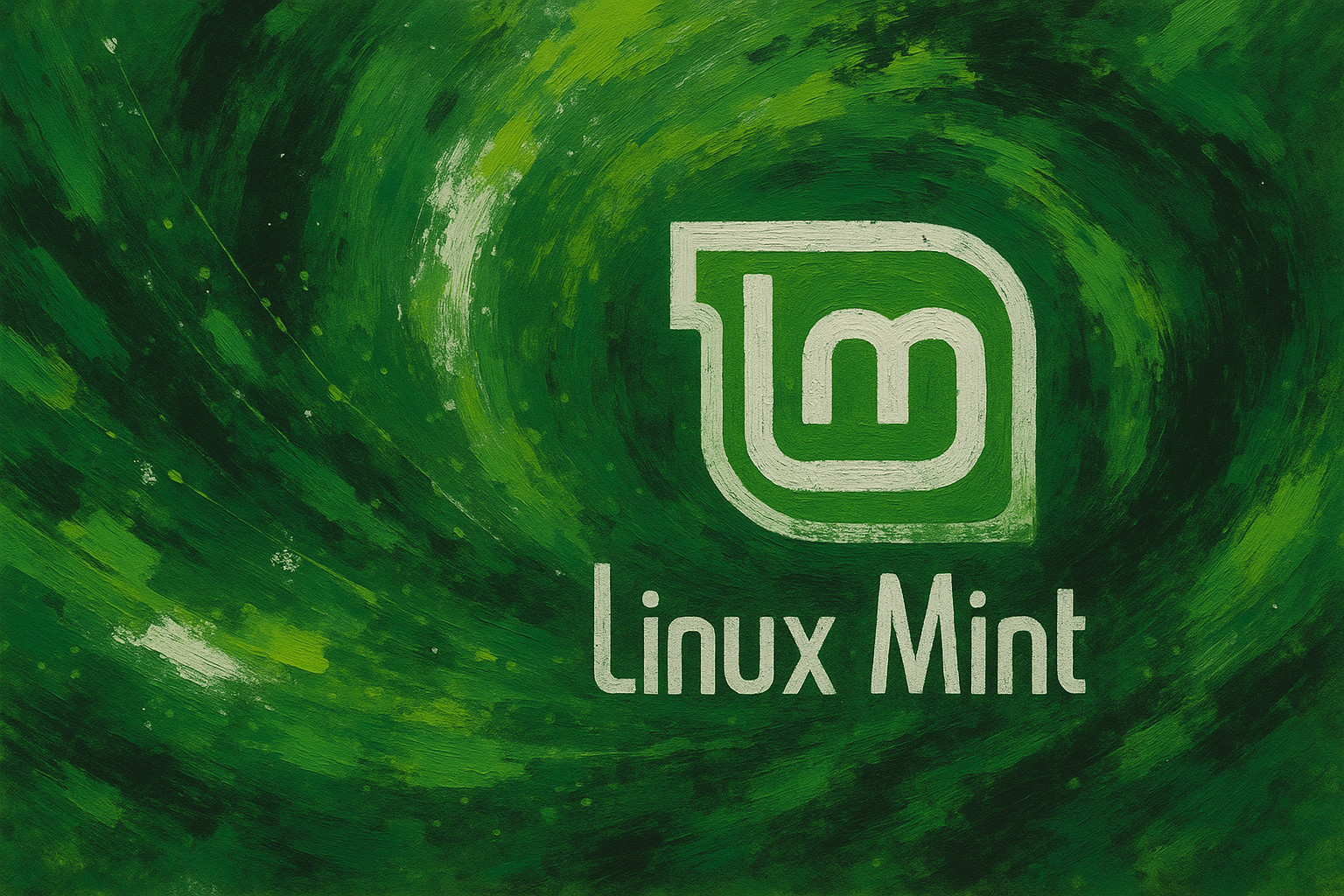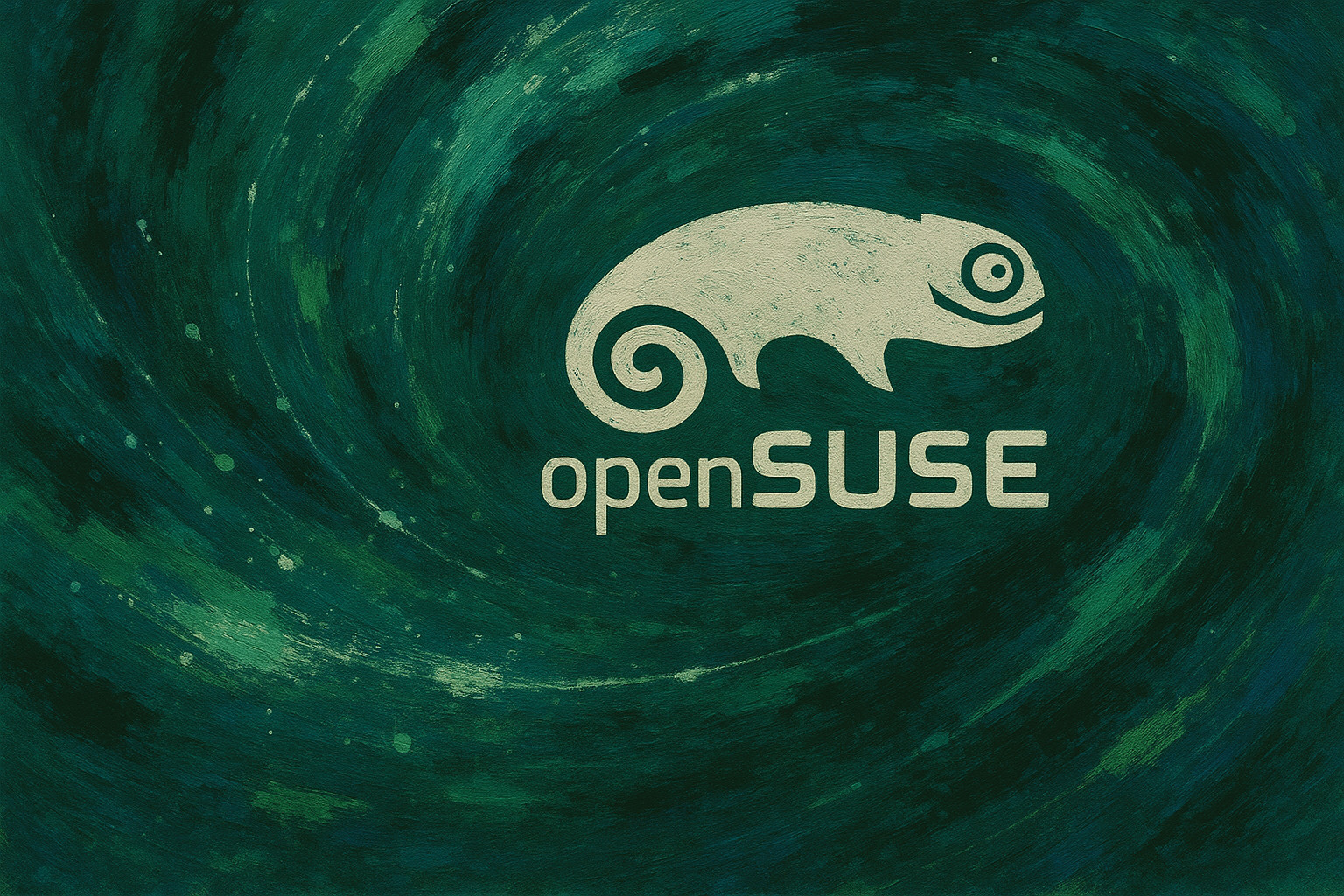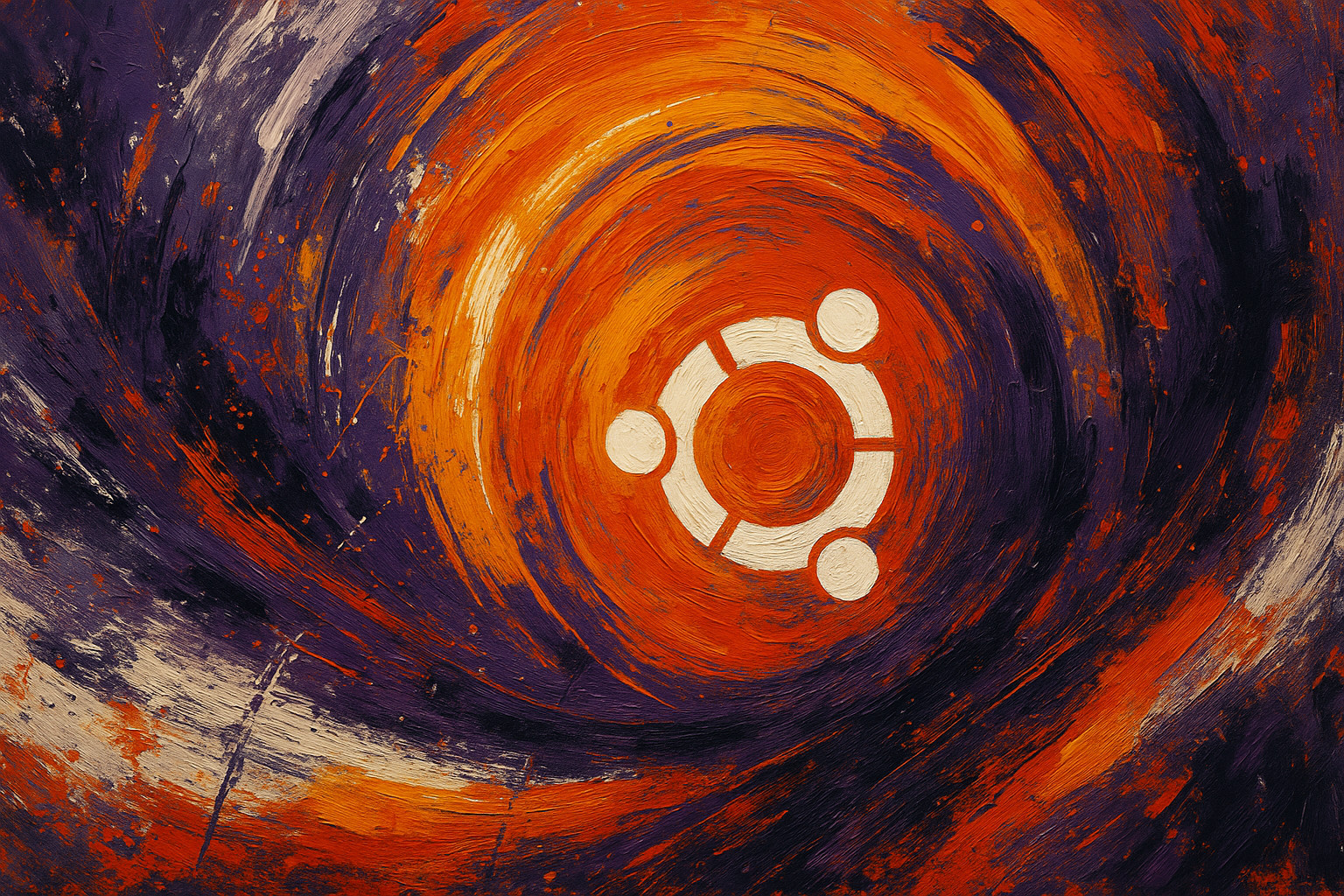A deeply informative guide to Debian Stable — its history, reliability, and why it remains the backbone of the Linux world.
Debian Linux (Stable): Who It’s For and Why It Matters

So you’ve decided to explore Linux—or maybe you’re trying to escape Windows drama or dodge the Apple tax. Good call. But now the inevitable question: which Linux distribution is right for you?
This guide breaks down five of the most robust, well-supported Linux distros on Earth. No weird side projects. No dead ends. Just the tried-and-true powerhouses: Fedora, Ubuntu, Debian, openSUSE, and Linux Mint.
We’ll compare them by user base, learning curve, system stability, hardware support, cloud and enterprise usage, software availability, and more. If you’re in Kirksville or anywhere else wondering what Linux setup will actually work for you, this is the guide.

| Distro | Ease of Use | Stability | Updates | Hardware Support | Enterprise/Cloud | Who It’s For |
|---|---|---|---|---|---|---|
| Ubuntu | ★★★★★ | ★★★★☆ | ★★★★☆ | ★★★★★ | ★★★★★ | Beginners, developers, pros |
| Fedora | ★★★☆☆ | ★★★☆☆ | ★★★★★ | ★★★★☆ | ★★★☆☆ | Developers, open-source lovers |
| Debian | ★★☆☆☆ | ★★★★★ | ★★☆☆☆ | ★★★★★ | ★★★★☆ | Admins, infrastructure nerds |
| openSUSE | ★★★☆☆ | ★★★★☆ | ★★★★☆ | ★★★★☆ | ★★★★☆ | Admins, enterprise testers |
| Linux Mint | ★★★★★ | ★★★★☆ | ★★★☆☆ | ★★★★☆ | ★★☆☆☆ | First-timers, casual users |
Now, let’s break it all down.

Ubuntu is the poster child for user-friendly Linux. With 6+ million active users and near-total dominance in the cloud, it’s the default choice for many. LTS (Long-Term Support) versions get 5+ years of updates and are widely trusted by pros and beginners alike.
New users, developers, sysadmins, anyone needing a stable, predictable OS with modern support.
See more information on Ubuntu…

Fedora is fast, fresh, and open. It’s where Red Hat and CentOS get their future tech. If you want to be on the cutting edge—but not fall off it—Fedora is ideal.
Developers, testers, Linux tinkerers, and those who want Red Hat roots without the enterprise wallet.
See more information on Fedora…

Debian is rock-solid. It powers much of the internet and is the upstream for Ubuntu and Mint. If your motto is “I don’t want surprises,” Debian delivers.
Admins, infrastructure architects, and people who value stability over flair.
See more about Debian…

openSUSE gives you choices. Leap is the polished, slow-and-steady version aligned with SUSE Enterprise. Tumbleweed is a rolling release with surprising stability.
Sysadmins, testers, and tinkerers who want a clean UI and solid engineering.
See more about OpenSUSE

Linux Mint is Ubuntu’s calm, cinnamon-scented cousin. It’s the most beginner-friendly Linux desktop for people who just want stuff to work without the weirdness.
Windows refugees, casual users, grandparents, and people who want to skip the nerdy stuff.
See more about Linux Mint
For most Switchboard customers, Ubuntu or Mint is a fantastic starting point. You can always graduate to something deeper later.
Ready to install? Check our setup guide →

A deeply informative guide to Debian Stable — its history, reliability, and why it remains the backbone of the Linux world.

An authoritative guide to Fedora Linux — its enterprise-grade tools, developer focus, and modern workstation experience.

A complete onboarding guide to Linux Mint for Windows users — bridging familiarity with open-source power and stability.

A detailed breakdown of openSUSE’s powerful ecosystem — from YaST and zypper to Btrfs snapshots and enterprise-grade stability.

An in-depth look at Ubuntu’s ecosystem — from desktops and classrooms to servers, cloud infrastructure, and beyond.